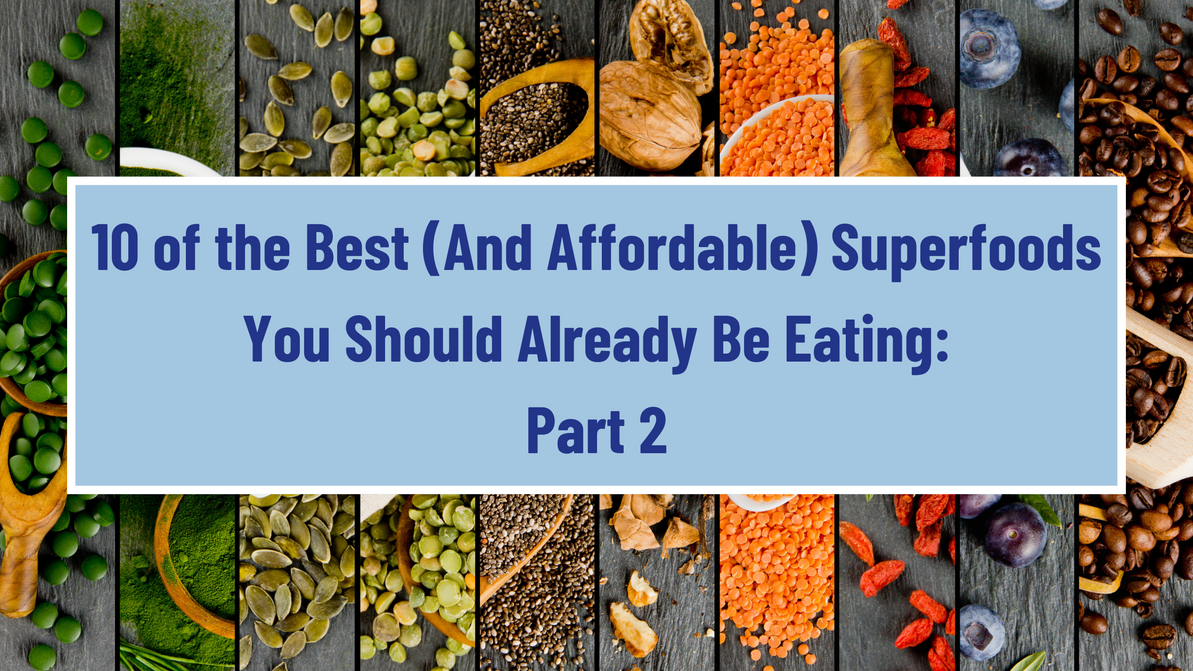10 of the Best (And Affordable) Superfoods You Should Already Be Eating: Part 2
Açaí, spirulina, goji berries, oh my!
Welcome to Part 2 of our top 10 list of the best and affordable superfoods you should already be eating. (And no, the three we just mentioned did not make the top 10.)
If you missed Part 1, stop and go check that out here. Not only do we dive into superfoods one through five, but we also cover the term “superfood” and how it’s used by food companies today.
We focus on accessible (AKA affordable) superfoods that give you the most bang for your buck in these posts in these posts. And by also focusing on low-caloric density plant-based items, you don’t have to feel guilty eating too much!
(The reason we are focusing on plant-based items is that most Americans, and others living in western societies, are already struggling to get enough plant foods in their diet. By incorporating some of the items on this list, you can move towards a more balanced diet.)
While availability and prices vary depending on where you live and the time of year, the following food items are generally available year-round in most major grocery chains.
Without further ado, here is the second half of our list of 10 of the best (and affordable) superfoods you should already be eating (learn about numbers 1-5 here):
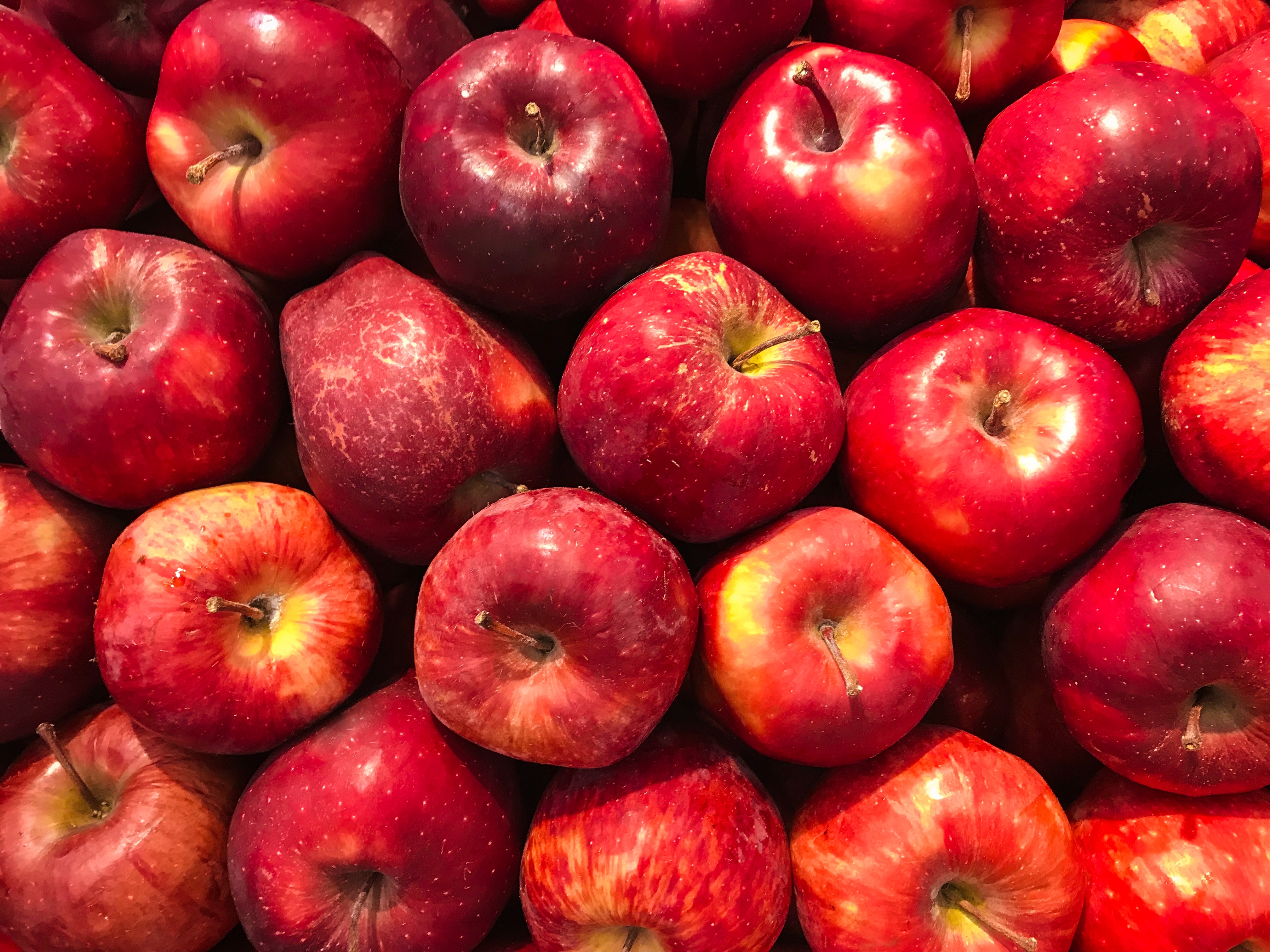
6. Apples
This one shouldn’t come as a surprise, as you’ve most likely heard the expression, “an apple a day keeps the doctor away.”
And while apples don’t have actual magical abilities to keep doctors away literally, they shouldn’t be overlooked as a superfood. They are rich in phytochemicals (compounds found in plants) and contain some pretty powerful antioxidants. While the exact antioxidant composition varies among types of apples, you’re likely to find the following powerhouses in your next crunchy bite: quercetin, catechin, phloridzin, and chlorogenic acid.
Apples have been shown to reduce the risk of certain cancers, as well as asthma, diabetes, cardiovascular disease, and even lower cholesterol.
Serving suggestions: raw with peanut butter and cinnamon; baked with oats; apple sauce!
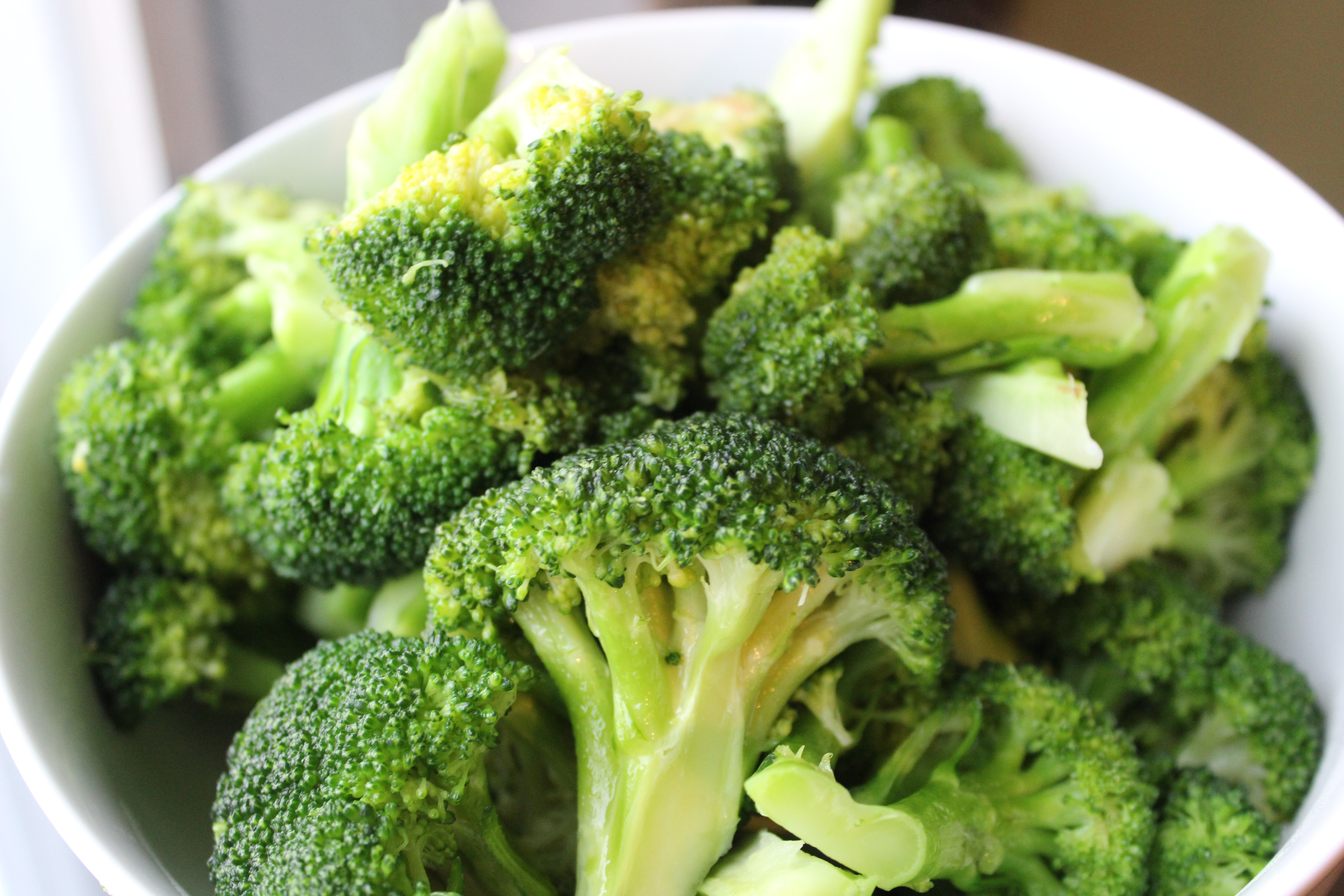
7. Broccoli
Rich in calcium (think bone health) and choline (think nervous system), broccoli has so much more to offer than bad memories of being forced to eat these mushy little trees.
This cruciferous vegetable is worth confronting those bad memories, as it contains many delicious nutrients that your body needs, such as iron, potassium, folate, manganese, vitamin C, vitamin K, and fiber, to name a few.
Full of carotenoids and antioxidants, broccoli also brings a lot of sulforaphane to the table (similar to other cruciferous vegetables like purple cabbage). It may help improve the health of your heart, your digestion and may even have anti-cancer properties.
Serving suggestions: steamed or roasted with brown rice and edamame (or other protein of choice); stir-fried with your other favorite vegetables; added to soups and stews.
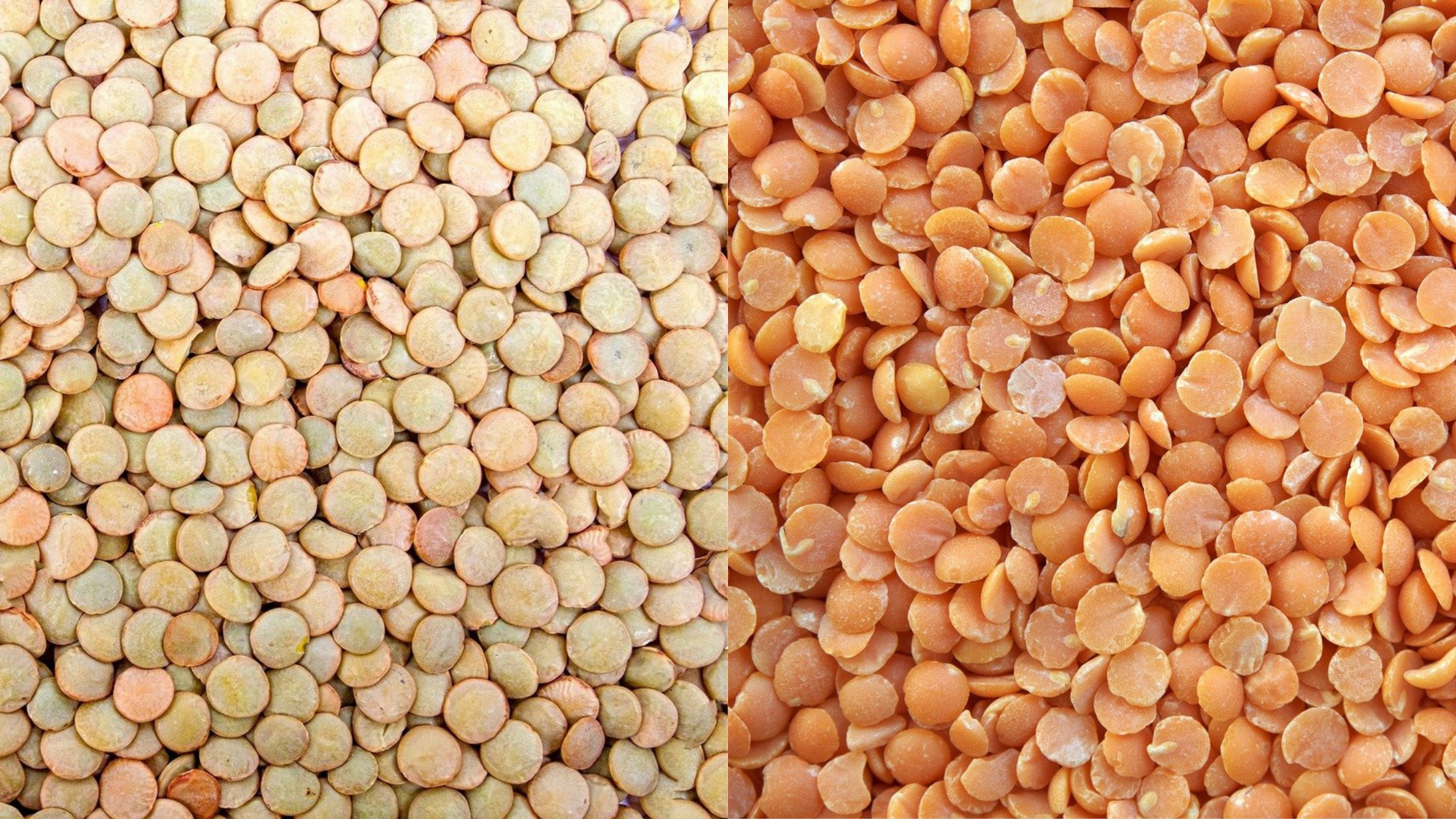
8. Lentils
If you’ve been reading our recent posts, you know we love fiber. And you should too.
Lentils, like other legumes (think beans, split peas, and chickpeas), are packed full of fiber, as well as protein and nutrients to help you feel your best. This small and versatile legume supplies you with reasonable amounts of potassium, calcium, iron, folate, zinc, magnesium, and, of course, antioxidants.
Studies show that they can help fight cancer, reduce the risk of heart disease and stroke, help maintain blood pressure in addition to blood glucose and insulin levels.
Serving suggestions: cooked, cooled, and added to salads (or purchased cooked in a jar or can); added to your curry of choice; lentil soup!
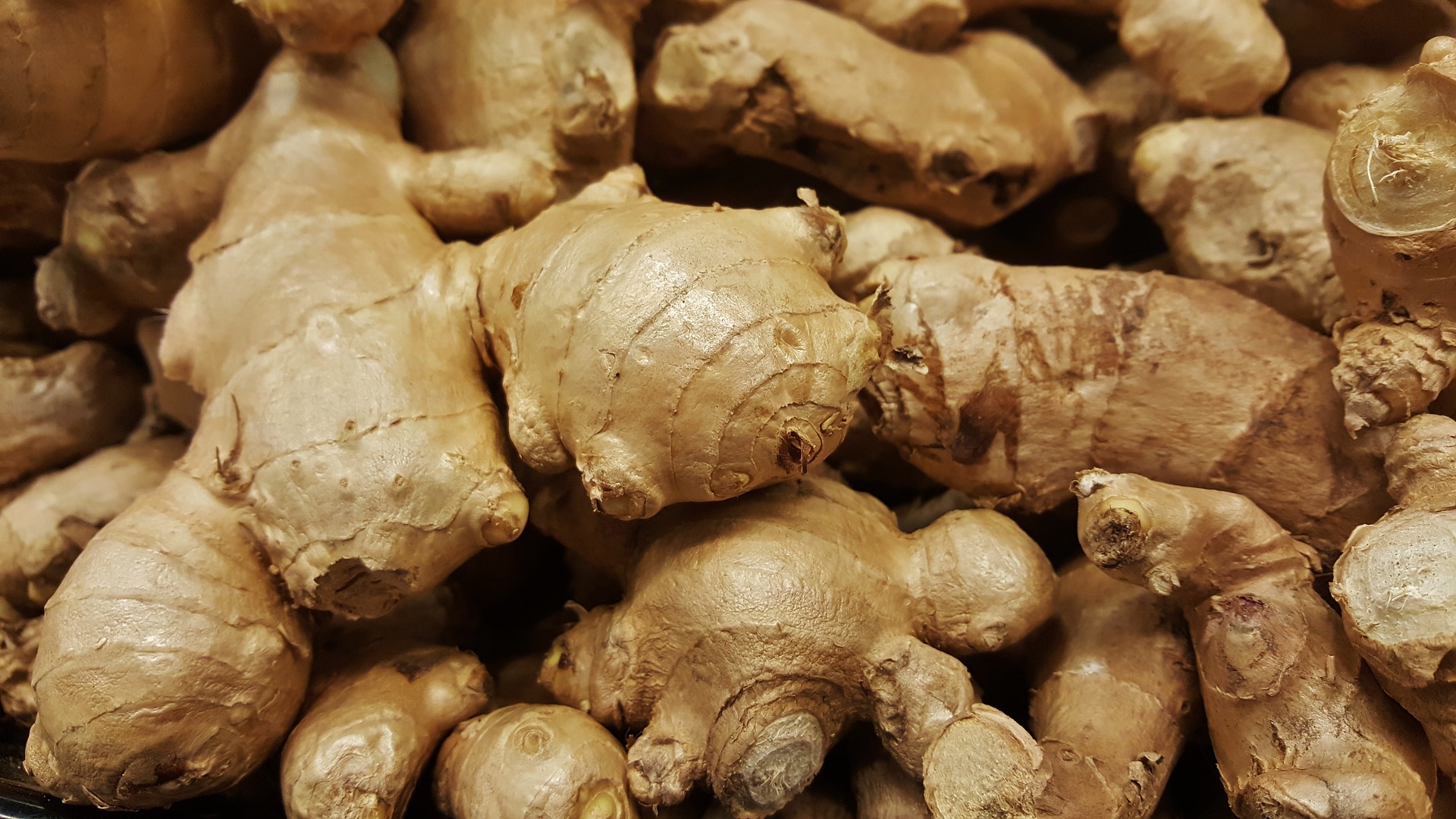
9. Ginger
You may already know that consuming ginger is an excellent (and proven) way to reduce nausea. Whether consumed in the form of tea, ginger chews, or even a good ‘ol Canada Dry on a flight, it can make a massive difference in helping to settle your upset stomach.
In addition to its antiemetic effects (reducing nausea), it’s also considered a potent anti-inflammatory and a good source of antioxidants (otherwise, it wouldn’t have made this list!). Like others on this list, it contains ingredients that can help prevent cancer.
And because of its ability to act similarly to COX-2 inhibitors, it works in the same way as your go-to NSAID (non-steroidal anti-inflammatory).
Serving suggestions: chopped and added to garlic and onions to start virtually any meal; carrot ginger soup; sliced and added to hot water (with a bit of lemon).
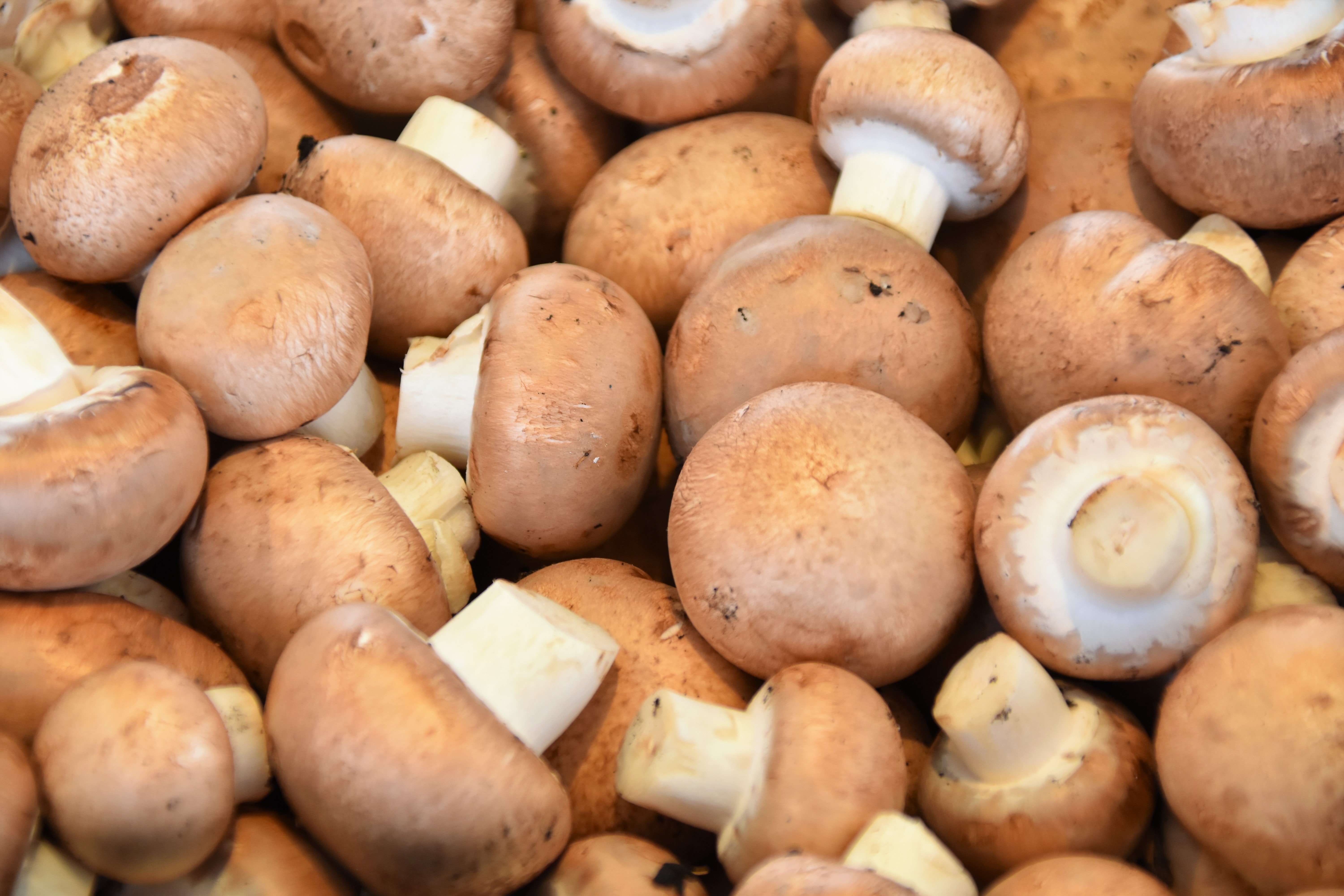
10. Mushrooms
No, not that kind.
To round out our list of the best and affordable superfoods, we’re talking about the various types of fungi you cook and consume in the form of delicious stir-fries or creamy mushroom soup. Yum!
While these types don’t have the same effects as that other kinds, they offer so much nutrition in the form of antioxidants, B vitamins, potassium, selenium, phosphorous, and even some vitamin D (though not a significant source).
They do, however, have similar properties to the rest of the items on our top ten list, such as anti-cancer, anti-inflammatory, anti-diabetic, and can even protect the liver.
Some of the more common types for cooking include portobello, cremini, shiitake, porcini, and oyster. Take your pick!
Serving suggestions: cooked with tamari or soy sauce and served on toast; mushroom soup; stir-fried with #7 broccoli.
Honorable Mentions:
Even though our top ten list has come to an end, we wanted to leave you with a few more options to cram even more nutrients and antioxidants into your diet.
- Green tea
- Mint
- Beets
- Turmeric
- Oats
And if you have a bit more money to spend, consider these, often more expensive, superfoods:
- Açaí, spirulina, and goji berries (While we joked about these at the beginning of this post, they are worth considering if you have the budget for them.)
- Blueberries (and berries in general, even grapes)
- Chia and seeds
- Dark chocolate (ideally around 80%)
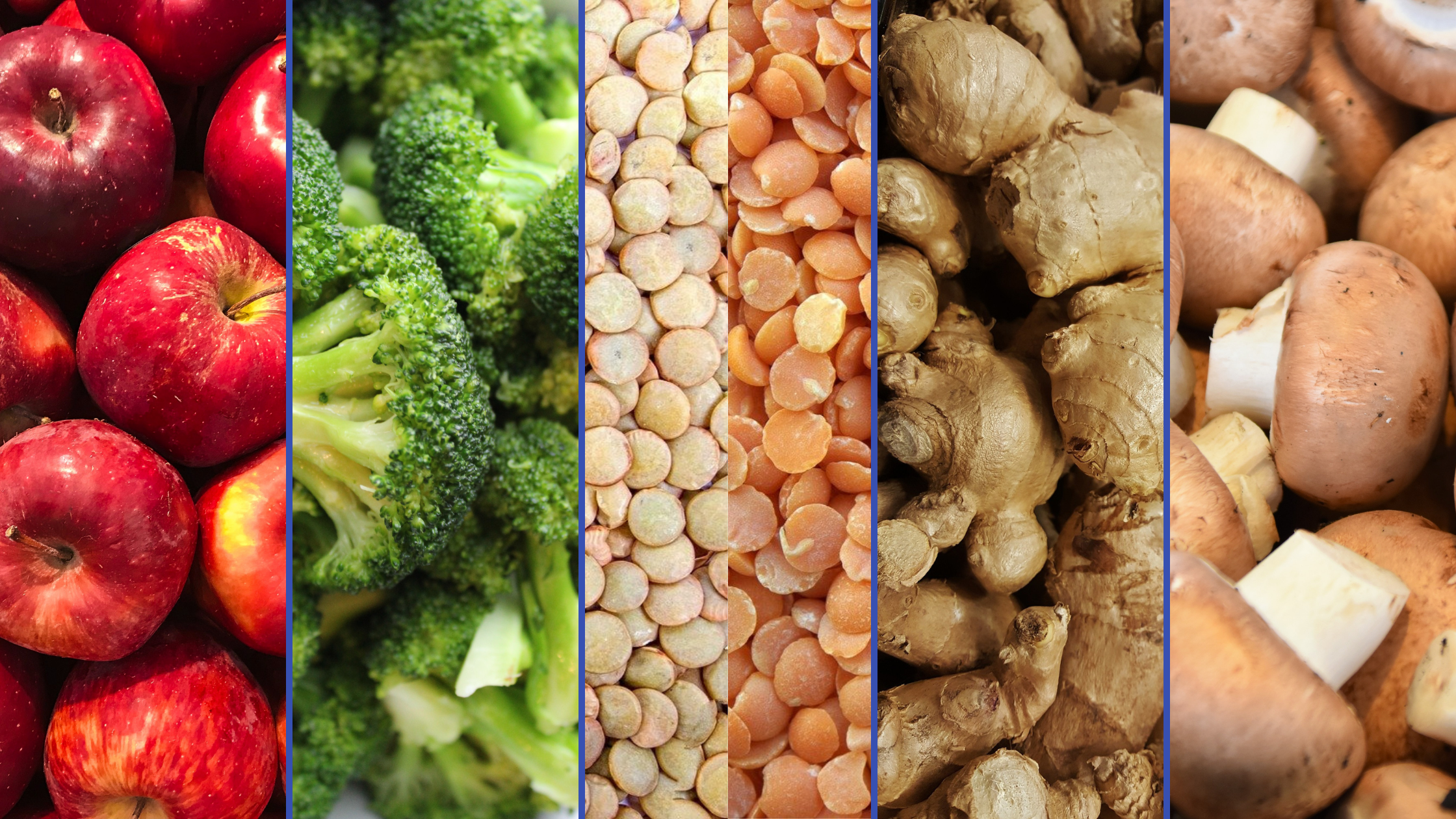
Generally speaking, all fruits and vegetables can be considered superfoods due to their rich antioxidant content. The key is to try and eat as wide of a variety of whole foods as possible.
When in doubt, eat the rainbow. The more colors you can consume in a meal or just throughout the day or week, the higher the number of antioxidants you’re benefiting from.
And as a marketing tool, it can be easy to let companies make you think that their product will solve all of your health troubles forever. They won’t. But you’ve learned that doesn’t mean that there isn’t any nutritional benefit from them.
While it’s generally preferable to get your nutrients in the form of food than pills, that’s not always possible.
Our lives often change in seasons, like the weather. Maybe you’re traveling or tilting into another area of your life that doesn’t allow you enough time or energy to focus on planning, shopping, and cooking balanced meals. There is a time and place for supplementing.
If you’re in one of those seasons or would like a superfood boost on hand when you are, consider our new superfood powder HERE.
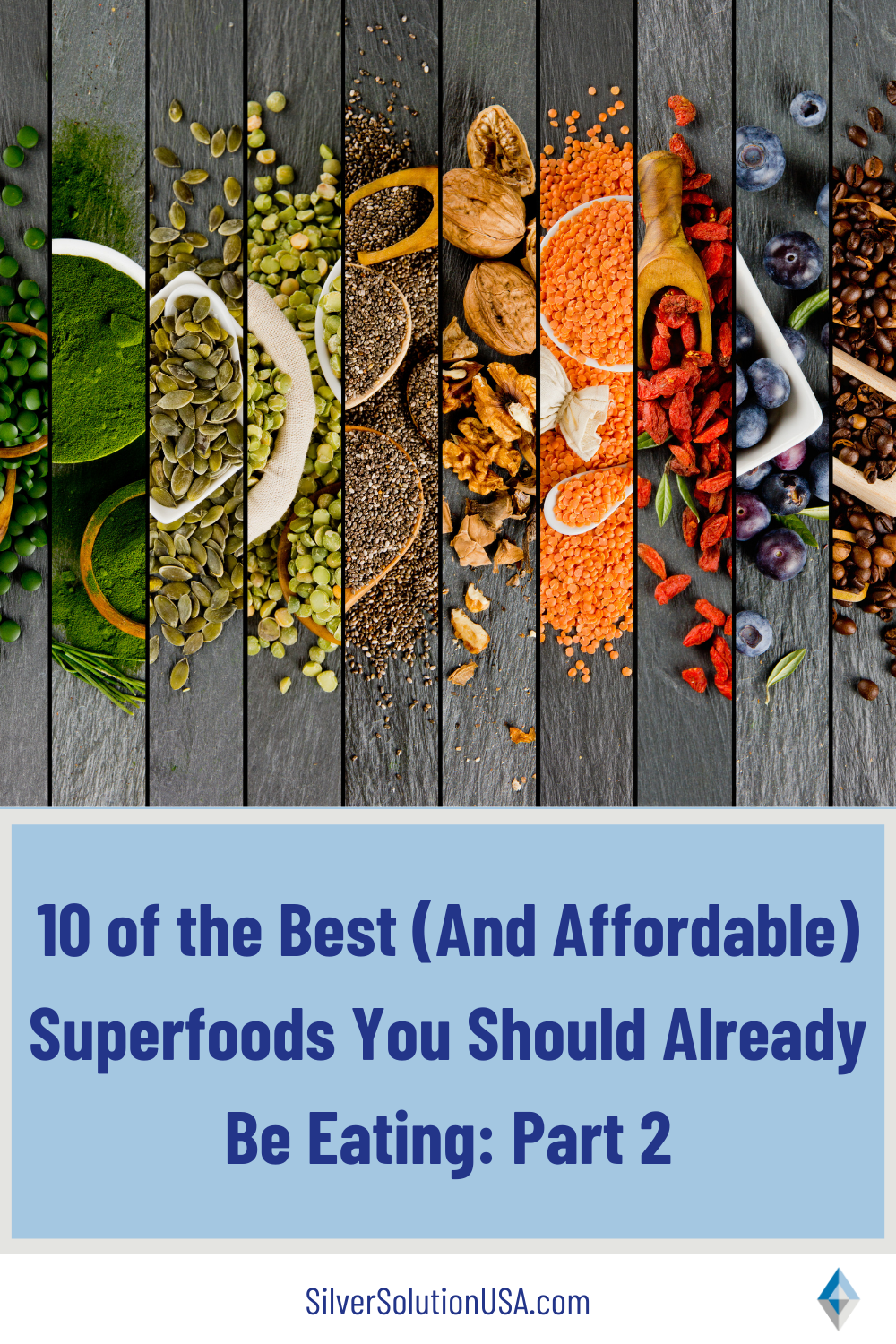
Health/Medical Disclaimer
This blog post does not provide health or medical advice. This blog post is for informational and educational purposes only and is not a substitute for professional health or medical advice. Before taking any actions based upon such information, we encourage you to consult with the appropriate medical and healthcare professionals. We do not provide any kind of health or medical advice. The use or reliance of any information contained on this blog is solely at your own risk.
Sources:
https://www.health.harvard.edu/blog/10-superfoods-to-boost-a-healthy-diet-2018082914463
https://www.healthline.com/nutrition/true-superfoods#TOC_TITLE_HDR_5
https://www.healthline.com/nutrition/foods-vegans-eat#TOC_TITLE_HDR_2
https://www.medicalnewstoday.com/articles/303079#how_to_incorporate_more_superfoods_into_your_diet
https://www.ncbi.nlm.nih.gov/pmc/articles/PMC442131/
https://ods.od.nih.gov/factsheets/Choline-HealthProfessional/
https://www.healthline.com/nutrition/foods/broccoli#vitamins-and-minerals
https://www.healthline.com/nutrition/sulforaphane#benefits
https://pubmed.ncbi.nlm.nih.gov/25061763/
https://www.ncbi.nlm.nih.gov/pmc/articles/PMC4608274/
https://www.ncbi.nlm.nih.gov/pmc/articles/PMC3665023/
https://www.hsph.harvard.edu/nutritionsource/food-features/mushrooms/
https://www.ncbi.nlm.nih.gov/pmc/articles/PMC6274515/
Recent Posts
-
Are sunscreen ingredients harmful?
Sunny days can bring a lot of fun. Going out for a swim, spending time in nature, or relaxing on the …18th Mar 2024 -
The Veggie Debate: Does Cooking Vegetables Destroy Nutrients and the Best Ways to Cook Them
Vegetables are one of the healthiest foods you can choose. Some people downright hate them, while so …4th Mar 2024 -
Best Foods for COVID Recovery and Prevention
A few years ago, a new virus took the world by surprise. COVID-19 may look like the flu on the surfa …19th Feb 2024

